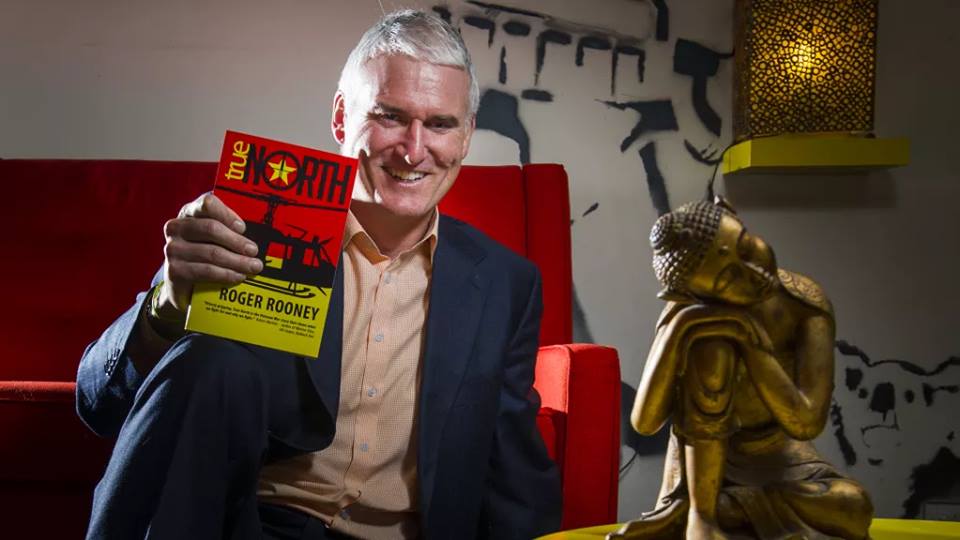
His first novel, True North, was released in April 2018 and was developed over four years, with Roger getting up at 5 am in winter to write 250 words per day. He collaborated with award winning author and historian Robert Macklin, who provided strategic advice throughout the writing. He has visited Vietnam five times and fell in love with the country and the people in 2010 when he toured with this wife and two young daughters.
Tell us about your book.
Synopsis – In 1962, Australian Army adviser Lieutenant Jack Burns is deployed as part of ‘The Team’ to the Mekong Delta, the hotspot of the Vietnam War, where he is about to undergo the ultimate test of his convictions. As Jack is honing his craft in the Delta, Tran, a teenage soldier girl with the North Vietnamese Army makes her way down the Ho Chi Minh Trail and into the Delta, where she must stare down the might of US firepower at the Battle of Ap Bac.
In a war without frontlines, Jack and Tran must fight to survive in the most dangerous place in the world – South Vietnam. A fast paced, genre-busting story set in the early years of the Vietnam War. True North is a page turner novel that HALO drops the reader into the contested paddy fields and the viscous military swamp that was Vietnam divided between the corrupt Diem regime in the South and a ruthless communist-cum-nationalist fanaticism in the North, with Big Brother American raging like some crippled giant; an Ozymandias of the Mekong Delta.
The story covers all aspects of the war and unpacks the economic revolution that the Communists were promising the landless peasants. Part war-story, part love story, the reader sees the conflict through the vulnerable eyes of an Australian adviser to the South, and a fighter from the North who just happens to be a beautiful young women. The reader travels with the two protagonists, Jack and Tran, separately and together through some of the most harrowing events of the first years of the war. True North is a tale of the brutal, bloody impact of war on people fighting on opposite sides, with sudden and violent death an ever-present threat.
Why did you want to write a book?
I went to a retreat in Thailand in 2012 and one of the gurus there told me ‘creative expression is important’ for me and to write daily. It is that simple. I knew it but hadn’t put that into practice until I connected with that person – who has lived up in Nepal and had a great life story. That was tipping point for me. That and writing is mindfulness personified. Its doing that one thing that underpins my whole day, no matter what happens. There is nothing like when 250 near final draft words come tumbling out. A novel gave me the chance to tell it like it is, how my life has been to and to bust out of the genres and connect with my wife, who edited the book.
Why did you choose to self-publish?
Control and to get the book out into the world after 4 years of writing. I am a first time author and the Australian market is so small I would have had to land a US agent and deal to get published. That would’ve taken time.
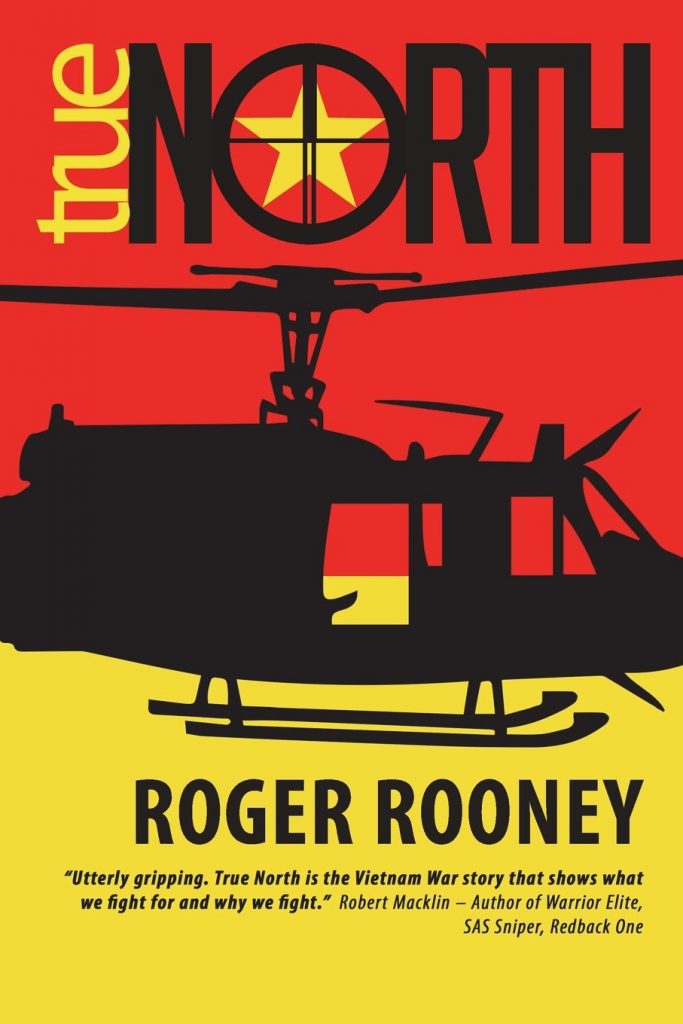
Like any project it is about partnering with the right people and so many quality businesses helped me. Ben from BWM Book (Canberra) was invaluable in showing me Bookbaby for the ebook and Createspace for the paperback online. He introduced me to Microlucid for the typesetting and layout – they did an all-pro job and define value for money. The superfly cover design is by a good friend Brigitte, at Hoochiemama Design (Sydney) – the red and yellow pops off the screen and the bookshelf. McPhersons publishing down in Victoria, Australia produced a paperback that looks and feels like a book you want to pick up. Woodslane (Sydney) for national distribution have gotten behind the book and the national launch is 1 October 2018.
What was your steepest learning curve during the publishing process?
Proofing. That was hell. Trying to find good readers and proofers and then deciding to go lateral and use as many as possible. Then freeing myself from perfectionism and letting go and pressing the print button!
How do you deal with writer’s block?
I would ask my wife to give me a one line prompt for a scene that she wanted to read. If it was the weekend I would put on loud techno choons, grab something to munch on and clap my hands and sit down and the words would appear! Red wine helps as well.
Tell us about the genre you wrote in, and why you chose to write this sort of book.
Historical Fiction demands superior research skills – so I got to play to one of my strengths. I have always loved getting on the trail, indulgently reading multiple sources, from all angles, across genres, then synthesising and creating a world inside my head and writing scenes where the characters run through that world with their hair on fire!
Who are your biggest writing inspirations and why?
Frank Herbert for his world building in Dune. Hemingway for the way he made me so uncomfortable reading For Whom the Bell Tolls – making me move around and sit in different seats hoping that would create a different ending! Philip K Dick for him nailing what it is to be human. Jeff Noon for Vurt – cyberpunk at its experimental writing best – too cool. Kinky Friedman for his gumshoe detection series for the way he makes me laugh and his view on the way of the world.
How do your friends and family get involved with your writing? What do they think of your book?
As readers, proofers, advisers and early reviewers my friends and family got me across the line. My wife sub-edited the book, always bringing it back to the page turner format and reminding not to get lost in the internal aspects – “How are you making the reader turn the page?” she would ask. Honestly, I think I shocked my friends and family. I don’t present as a writer as I don’t talk the way I write. One friend said, “It’s really, really good. I mean its good.” My father-in-law was very impressed and one writer friend said, “I love the battle scenes,” and “you sir are a writer.” Another said he liked the “cracking pace.”
Why did you write about this particular subject?
Because the Vietnam War was the most divisive and the biggest policy fail of the 20th century. It was the war that brought down three US Presidents and countless South Vietnamese leaders. It bankrupted the US turning it from a creditor to debtor nation. It’s where the US Army forget their history, and had to relearn it, eventually assigning Military Historians to the Desert Storm battle command (referring to them as ‘Jedi Knights’). For Australia it’s the war where Prime Minister Menzies misleads Parliament saying that Australian had been ‘asked’ to help President Diem, when no request had been made.
I was sick of the disconnect between the frontline troops and HQ, the leadership’s inability to learn lessons and annoyed with the rise of ‘progress reporting’ and rationalism. At a personal level, I wanted to tell some of my story through Jack – I never served – but when I found out I couldn’t join the Australian Army it started a lifelong interest in the military and I’ve always had empathy for the wounded soldiers, the ones who struggled when they returned, and had to fight the Australian Government for 10 years to have PTSD recognised in 1990, a full 10 years after the US Government acknowledged it as disorder.
Author Links
Get an Editorial Review | Get Amazon Sales & Reviews | Get Edited | Publish Your Book | Enter the SPR Book Awards | Other Marketing Services


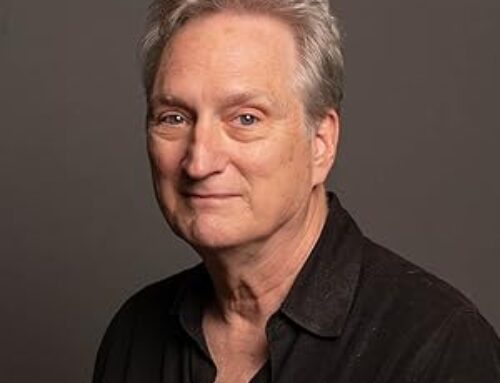

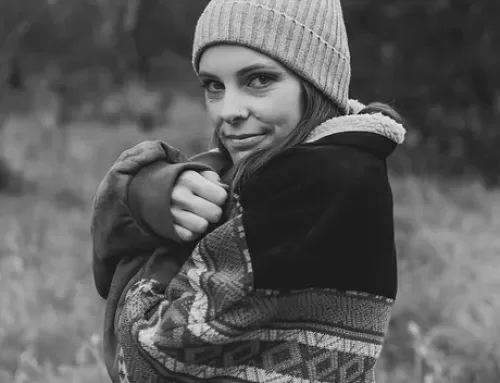
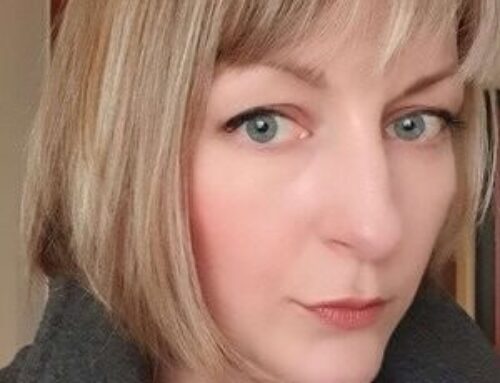
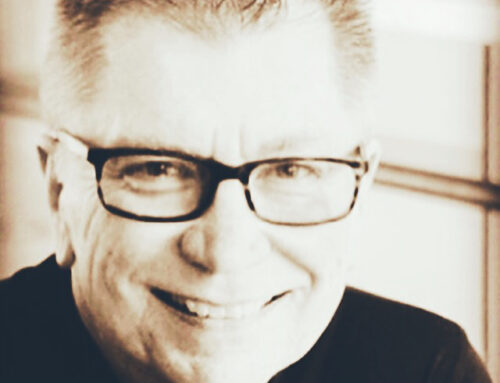
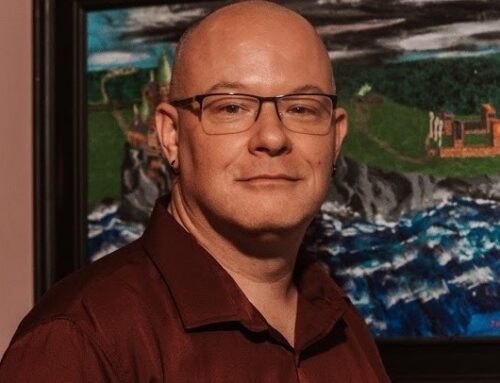
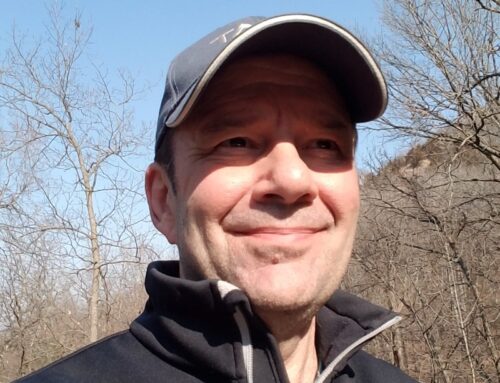
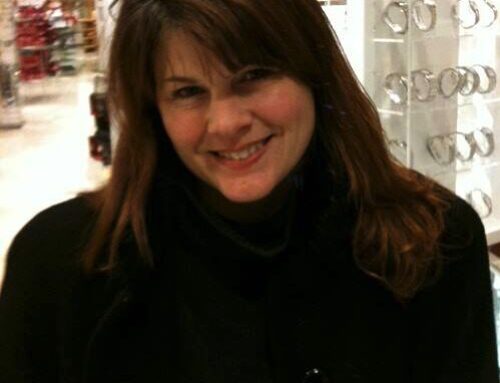
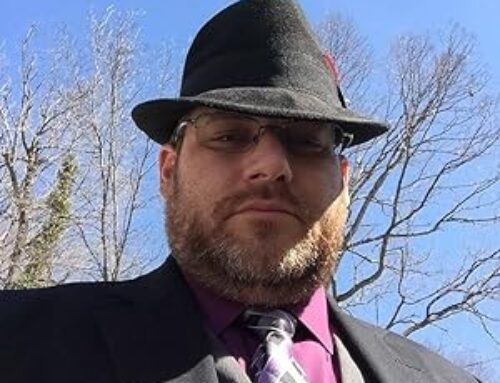
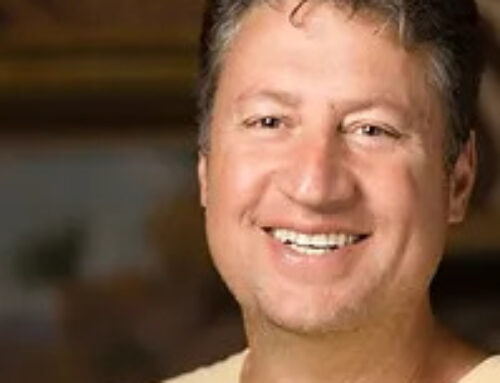
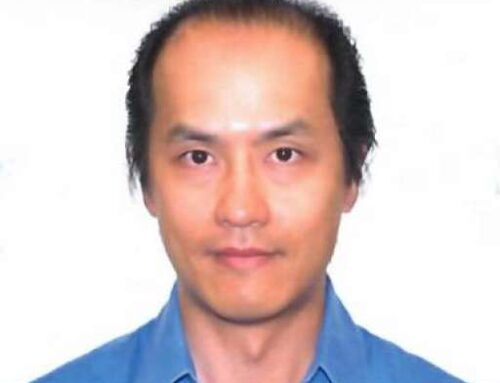
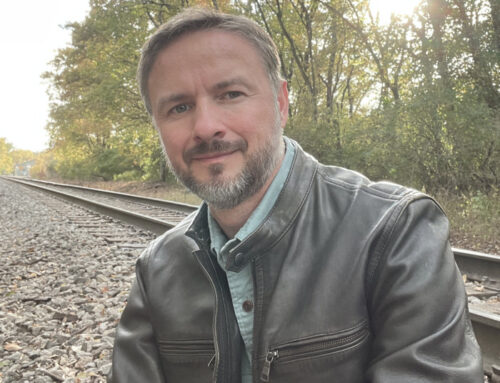
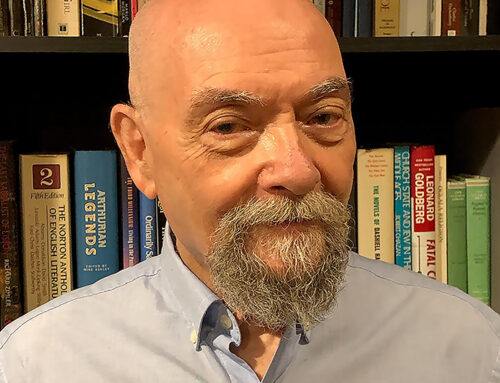
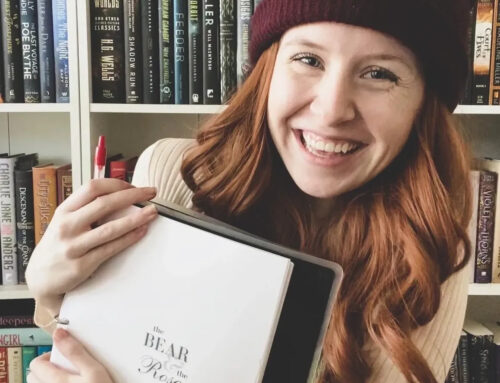
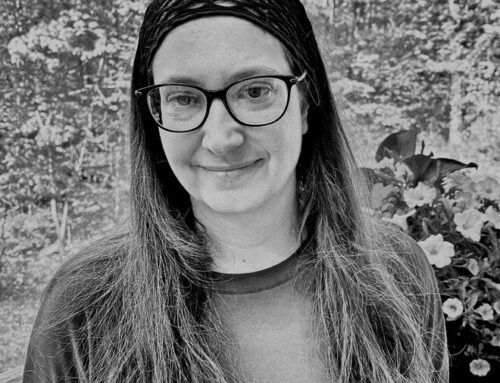
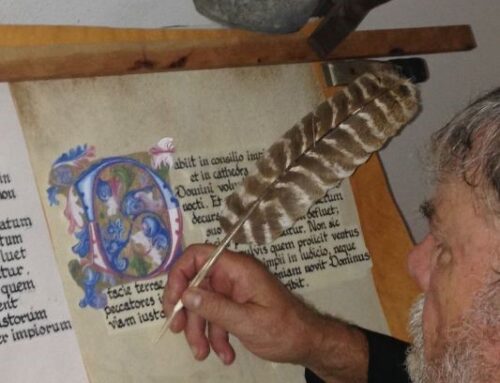
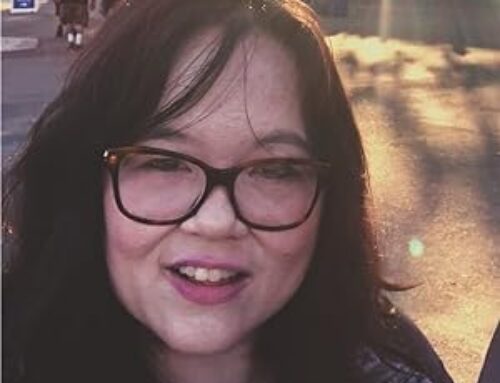
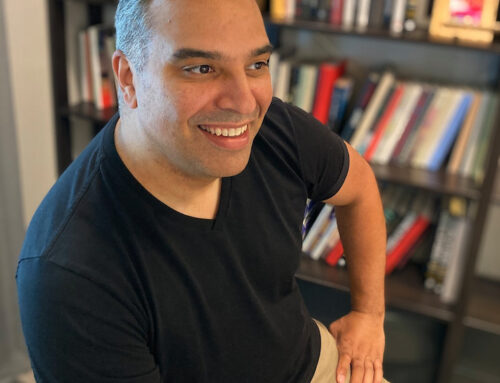

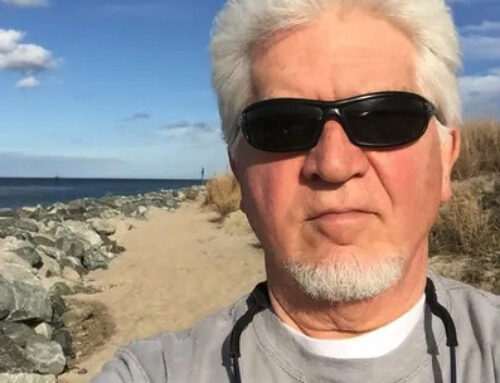
Leave A Comment